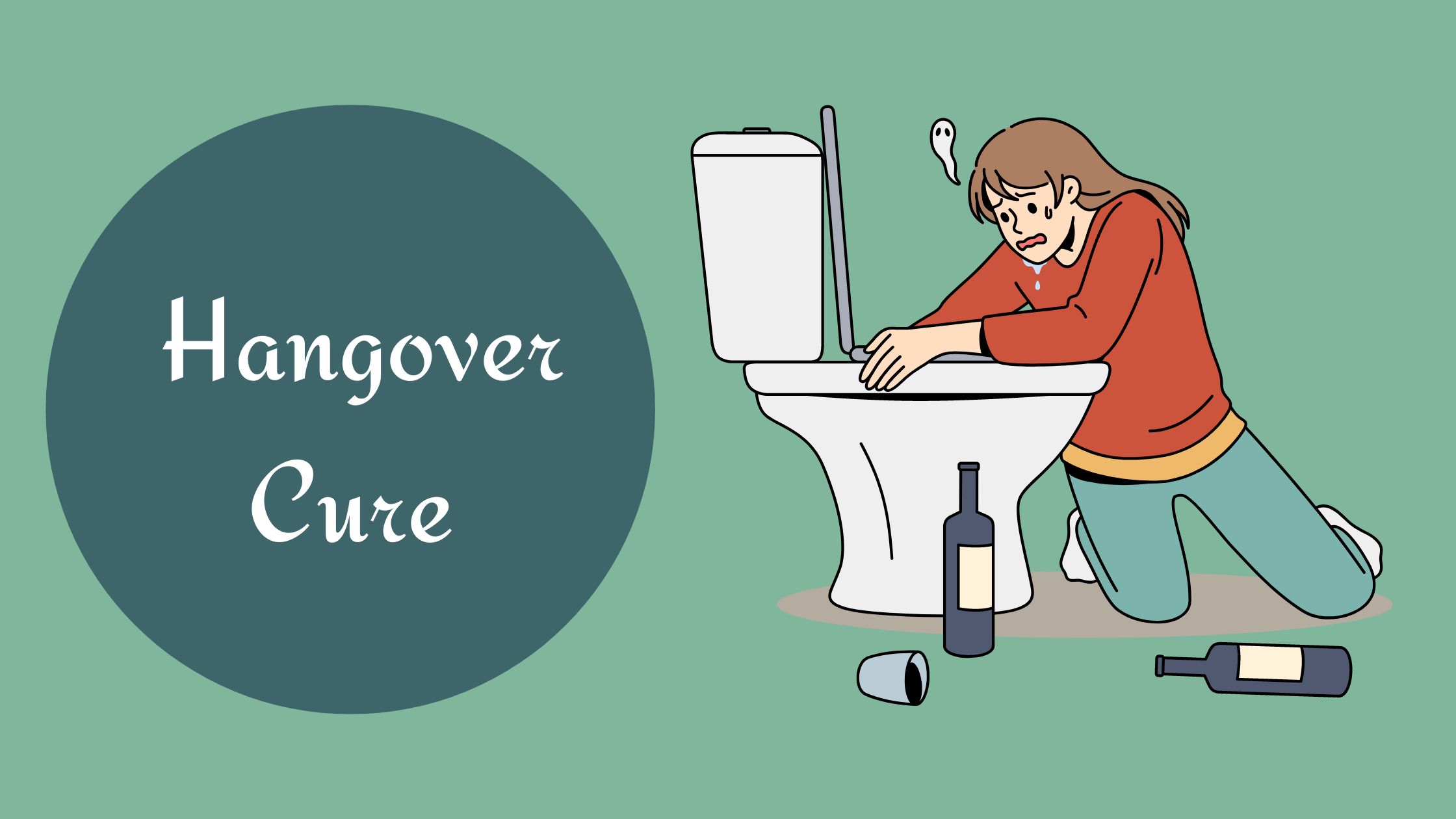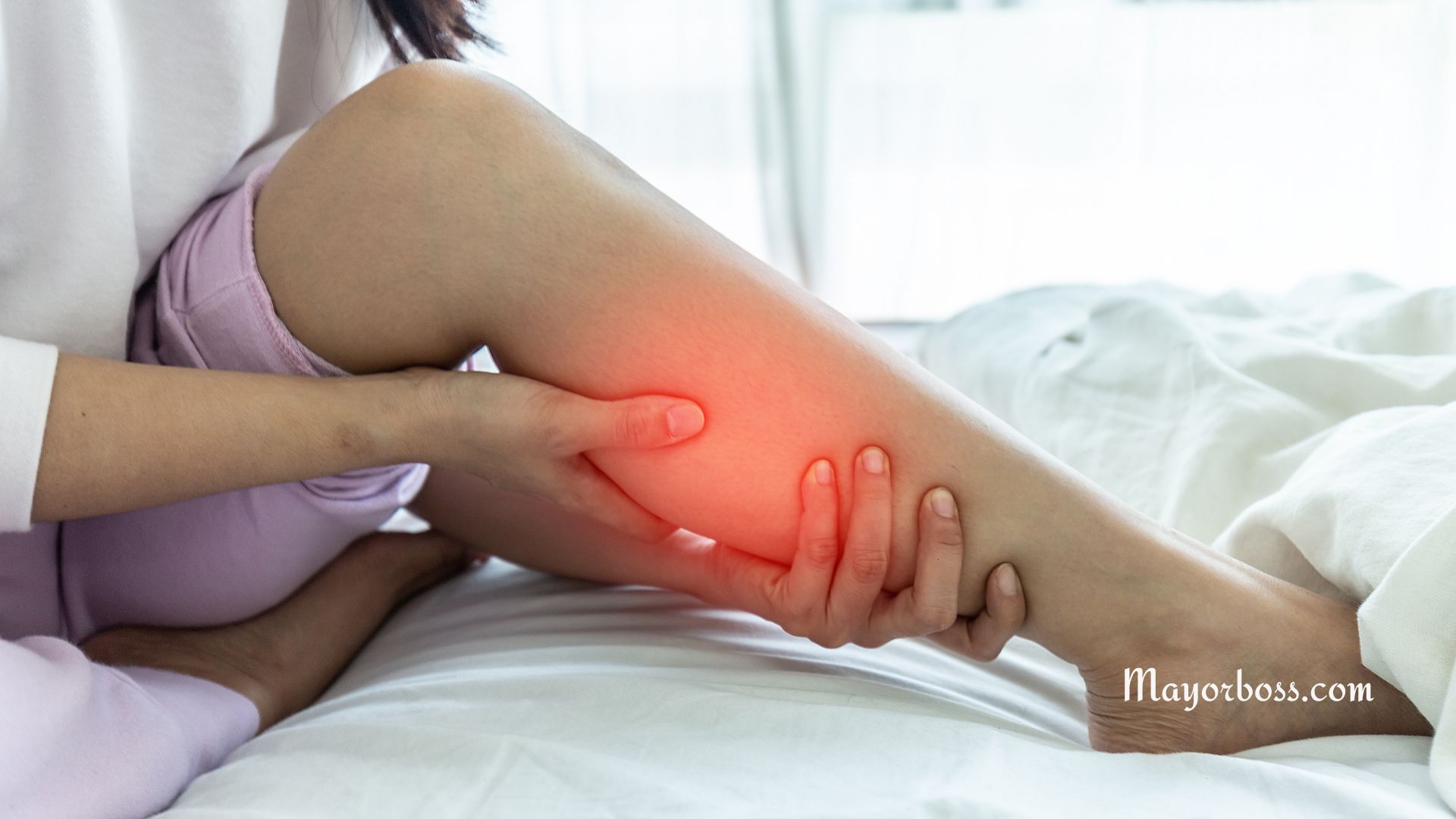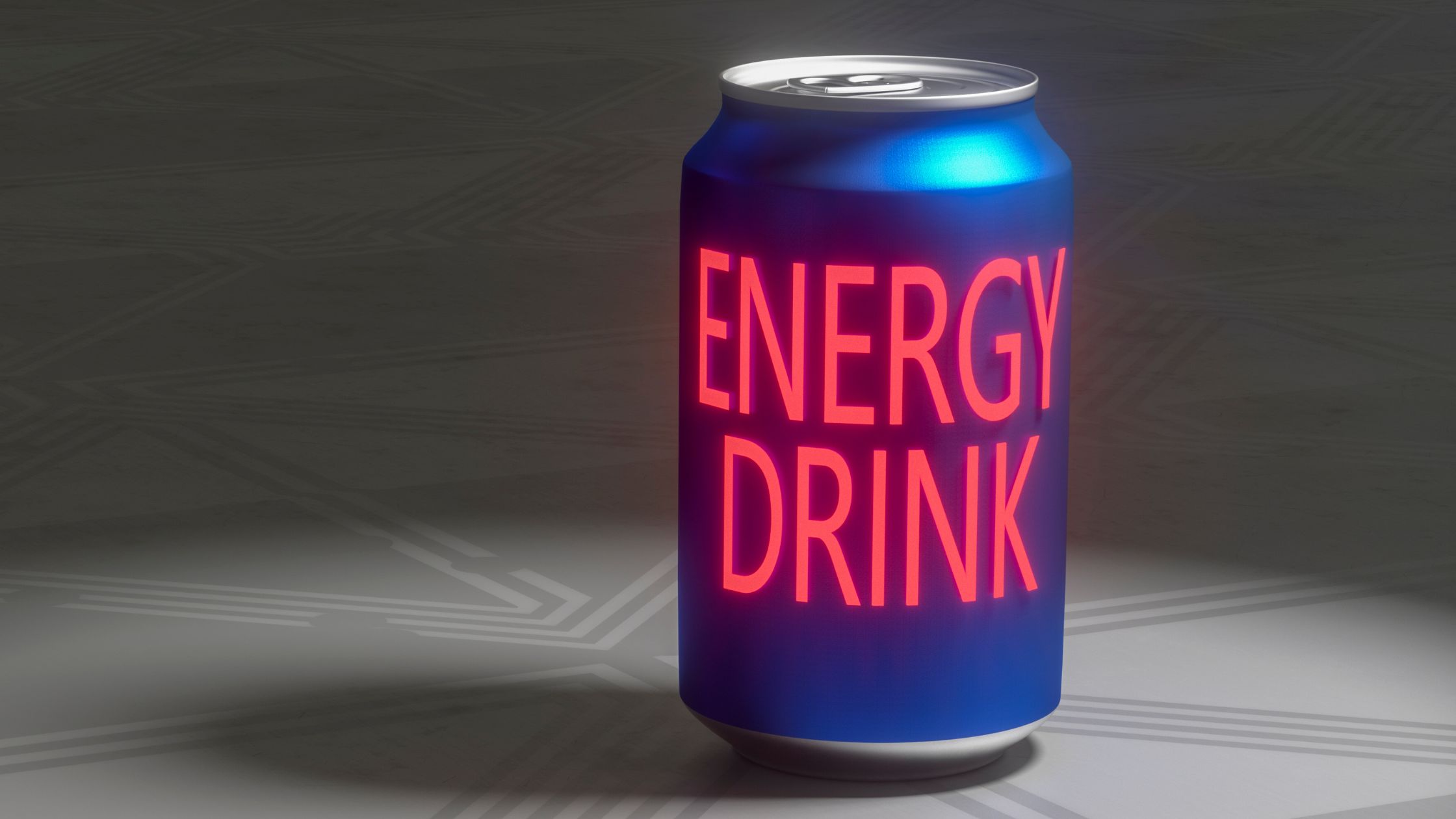How to Ease Joint Pain
Life sometimes brings us surprises, and not all of them are pleasant. You may have noticed an annoying ache in your joints lately. So, why does joint pain happen? Joint pain can arise for a variety of reasons, from conditions like arthritis and injuries to even stress.
But don’t fret. I’m here to guide you through some simple yet effective ways to relieve your joint pain.
Key Takeaway
Although joint pain can be debilitating, there are various approaches that can help manage it. These include getting a massage, staying active, using heat and cold therapy, and topical pain relievers.
13 Ways to Ease Joint Pain
1. Get a Massage
First off, consider getting a massage. It’s a superb way to relax your muscles, increase blood flow, and ease joint pain.
You can even perform self-massages at home or ask someone close to you to help.
2. Stay Active
Remember the saying, “Motion is lotion.” Regular exercise helps maintain flexibility in your joints.
Don’t let joint pain scare you away from physical activity. Simple exercises such as walking or swimming can be beneficial.
3. Practice Yoga
Yoga can be another perfect solution.
Yoga is a low-impact activity that can enhance flexibility, build strength, and relieve joint pain.
Take it slow, and don’t push yourself beyond your comfort zone.
4. Stay Hydrated
Drinking enough water is crucial. Dehydration can lead to more joint pain as it affects the cartilage in your joints.
Make sure you’re drinking at least plenty of water each day.
5. Use Ice
Ice packs can offer quick relief for painful or swollen joints.
The cold reduces swelling and numbs the pain, making it a perfect solution for acute pain or after a long day of activity.
You can use a cold pack or even a bag of frozen vegetables wrapped in a cloth to avoid direct skin contact.
Aim to apply the cold treatment for about 15-20 minutes at a time.
6. Use a Heat Pad
Contrarily, heat can also provide relief. Using a warm towel or heat pad for about 15-20 minutes at a time can soothe stiff, achy joints.
Also, taking hot baths or showers may help relieves joint pain.
Consider using heat before activities to loosen up or to ease morning stiffness.
7. Try Over-the-Counter Pain Relievers
Over-the-counter pain relievers, also known as nonprescription pain relievers, can be useful for temporary relief from joint pain.
Some popular options include acetaminophen (Tylenol) or nonsteroidal anti-inflammatory drugs (NSAIDs) like ibuprofen (Advil, Motrin).
But remember to use these medications as directed by the label, pharmacist, or your doctor.
8. Try Topical Pain Relievers
Topical pain relievers such as creams or gels containing ingredients like lidocaine, menthol, or capsaicin can be applied directly to painful joints.
These often provide a cooling or warming sensation that can soothe the pain.
9. Dietary Changes
Some people find that certain foods can trigger or worsen joint pain.
Foods that cause inflammation, such as processed foods, red meat, and sugary drinks, are usual suspects.
On the other hand, foods rich in omega-3 fatty acids (like oily fish and walnuts) and antioxidants (like fruits and vegetables) can help reduce inflammation and joint pain.
10. Use Assistive Devices
Don’t hesitate to use assistive devices if needed.
Tools like canes, walkers, or braces can help take some pressure off painful joints and improve mobility.
They can make daily tasks easier and more comfortable.
11. Consider Supplements
Certain supplements, such as fish oil, chondroitin sulfate, and glucosamine, have been found to be effective in treating joint pain.
Talk to your doctor about which supplements might be right for you.
12. Maintain a Healthy Weight
One of the simplest ways to ease joint pain is by maintaining a healthy weight.
Your joints, particularly those in your knees and hips, bear most of your body weight.
Therefore, carrying extra weight increases the pressure on these joints, leading to increased pain and discomfort.
Even a small amount of weight loss can have a significant impact on relieving this pressure and consequently reducing pain.
13. Consider Physical Therapy
Lastly, consider physical therapy. A physical therapist can provide personalized exercises and treatments that can significantly help manage your joint pain.
Seek Medical Help
If your joint pain is severe or persistent, it’s essential to seek medical help.
Healthcare professionals can recommend treatments such as joint injections or even surgery in extreme cases. They might also prescribe stronger pain relief medications if necessary.






